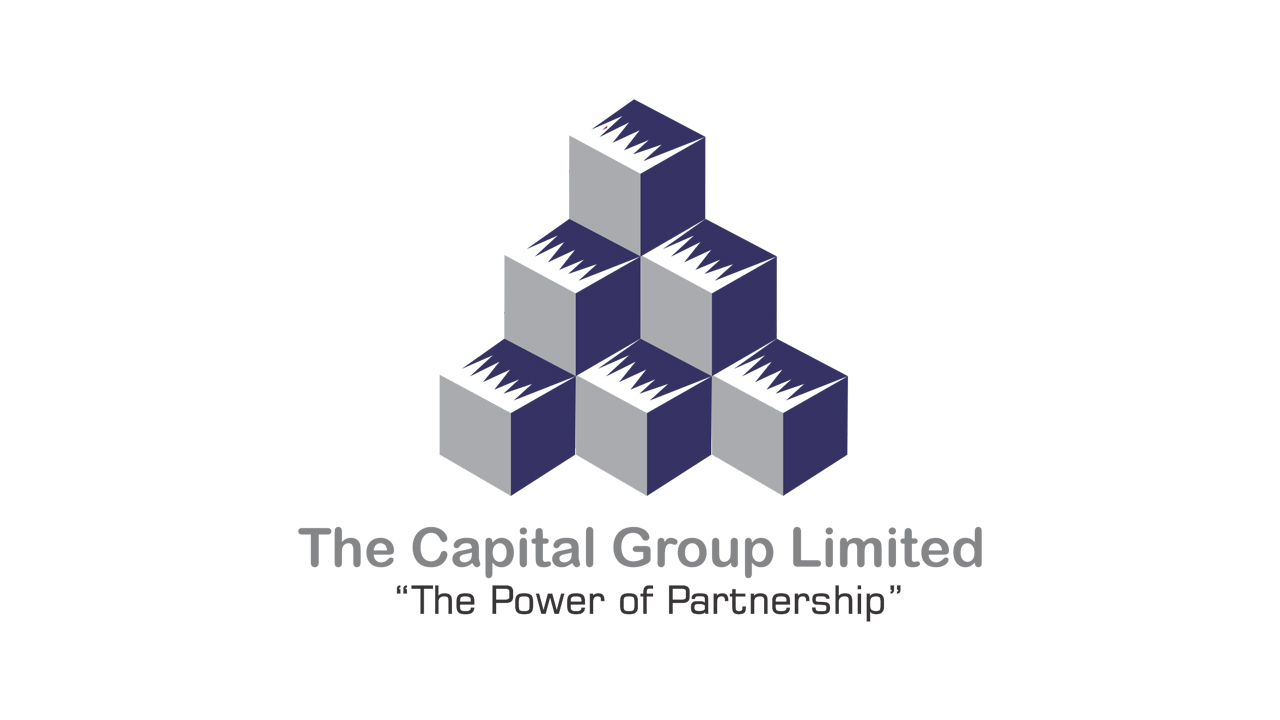The Financial Impact of Employee Turnover: Why Retention Matters

Employee turnover is an unavoidable reality for businesses, but when it becomes excessive, the financial toll can be significant. High turnover rates not only put a strain on a company’s budget but also undermine productivity and morale. Understanding the true cost of turnover is key to recognizing the value of investing in retention strategies.
Over the last 35 Years we made an impact that is strong & we have long way to go.
These are the concepts that shape our distinctive culture differentiate us from others. They ture the spirit of our Firm guide the behaviors that enable us to deliver the promises we make to our clients and our people.
Direct Costs of Employee Turnover
One of the most immediate and visible impacts of turnover is the direct financial cost. When an employee leaves, the company must invest in recruiting and hiring a replacement especially if there’s no one to stand in for them (usually with technical jobs). This includes costs associated with advertising the job, screening resumes, conducting interviews and performing background checks. Recruitment agencies or platforms also charge fees, further adding to the expense.
Beyond hiring, there are costs related to onboarding and training. New employees need time to adjust and learn the ropes before they become fully productive. According to various studies, it can take several months for a new hire to reach the productivity levels of their predecessor. During this transition, the company loses valuable time and resources, especially when the departing employee holds a specialized role.
Indirect Costs: Productivity and Morale
The impact of turnover doesn’t stop at recruitment costs. There are hidden, often overlooked, costs that affect the entire organization. Productivity inevitably takes a hit when teams are left understaffed while roles remain vacant. The remaining employees may have to shoulder additional responsibilities, leading to burnout and decreased efficiency.
Morale also plays a crucial role in retention. When employees see their colleagues leaving frequently, it creates uncertainty and instability. This can foster a negative work environment, leading to a decrease in engagement and motivation. In extreme cases, a toxic workplace culture can develop, driving even more employees to leave and continuing the costly cycle of turnover.
Moreover, every time a skilled worker leaves, the company loses institutional knowledge. The expertise and experience they’ve accumulated over time are difficult to replace and this knowledge gap can be felt in every corner of the business, from client relations to internal processes.
Retention Strategies for Cost Savings
While turnover can’t be eliminated, businesses can significantly reduce its impact by prioritizing retention. One of the most effective ways to retain employees is by fostering a positive workplace culture. Employees who feel valued, supported, and engaged are far less likely to seek opportunities elsewhere. Simple initiatives like employee recognition programs or flexible working arrangements can go a long way in improving job satisfaction.
Offering growth opportunities is another powerful retention strategy. Employees want to feel like they’re progressing in their careers. Businesses that invest in upskilling, training, and internal promotions not only boost employee morale but also benefit from a more skilled and motivated workforce.
Finally, conducting exit interviews can provide valuable insights into why employees are leaving. By identifying patterns and addressing the root causes of turnover, businesses can proactively improve their retention strategies. This data-driven approach allows companies to make informed decisions about how best to retain their talent.










